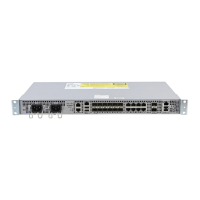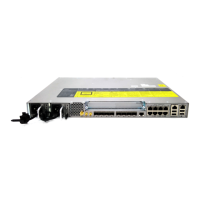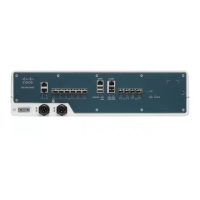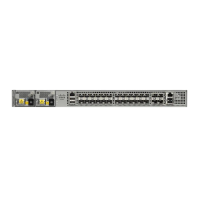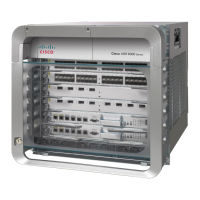CHAPTER
3-1
Cisco ASR 920 Series Aggregation Services Router Hardware Installation Guide
OL-32751-01
38
Installing the Cisco ASR 920 Series Router
This chapter describes how to install the Cisco ASR 920 Series Router and includes the following
sections:
• “Prerequisites” section on page 3-1
• “Installing the Router in a Rack” section on page 3-1
• “Installing the Chassis Ground Connection” section on page 3-21
• “Connecting a Cisco ASR 920 Series Router to the Network” section on page 3-25
Prerequisites
Before installing the Cisco ASR 920 Series Router, it is important to prepare for the installation by:
• Preparing the site (site planning) and reviewing the installation plans or method of procedures
(MOP). See “Site Planning” section on page 2-9.
• Unpacking and inspecting the Cisco ASR 920 Series Router. See “Receiving the
Cisco ASR 920 Series Router” section on page 2-20.
• Gathering the tools and test equipment required to properly install the
Cisco ASR 920 Series Router. See “Tools and Equipment” section on page 2-21.
For more instructions on how to prepare for the installation of the Cisco ASR 920 Series Router, see
Chapter 2, “Preparing for Installation.”
Installing the Router in a Rack
The following sections describe how to install the Cisco ASR 920 Series Router in a rack. The
procedures in this section apply to both horizontal and vertical mounting of the router in a rack:
• “Installing the Chassis Brackets” section on page 3-2
• “Installing the Router Chassis in the Rack” section on page 3-6
• “Attaching the Cable Guides” section on page 3-7

